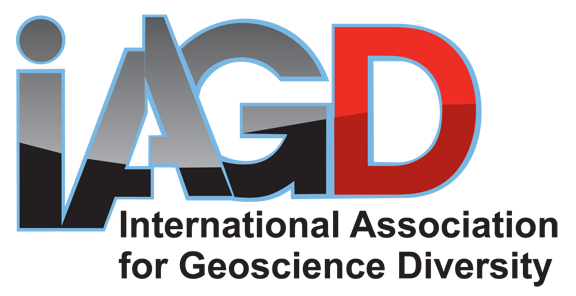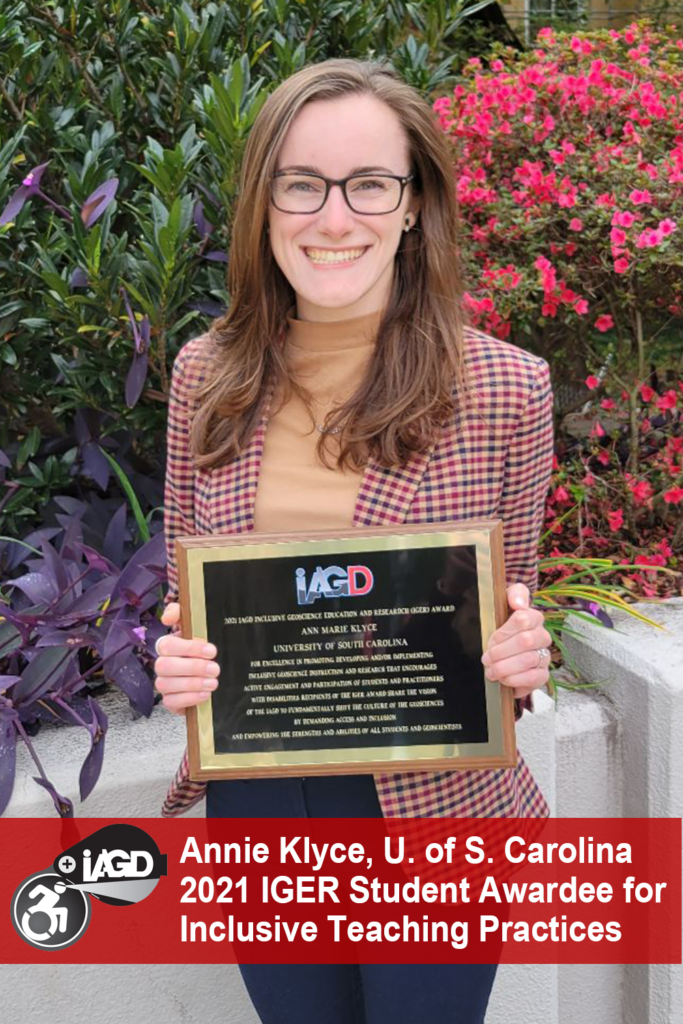Washington, DC – From the United States Government Accountability Office (GAO): Report to the Ranking Member, Committee on Education and the Workforce, House of Representatives.
What GAO Found
Students with disabilities face several longstanding challenges accessing services that may assist them as they transition from high school into postsecondary education or the workforce—services such as tutoring, vocational training, and assistive technology. Eligible students with disabilities are entitled to transition planning services during high school, but after leaving high school, to receive services that facilitate their transition they must apply as adults and establish eligibility for programs administered by multiple federal agencies. Students with disabilities may face delays in service and end up on waitlists if these programs are full. In addition, while all five states GAO contacted have taken steps to coordinate their transition services and assist families with the transition process, officials said that it is still difficult for students and their parents to navigate and for providers to coordinate services across different programs. Officials and parents GAO spoke with also noted a lack of sufficient information or awareness of the full range of service options available after high school on the part of students with disabilities, parents, and service providers. In addition, state and local officials said students with disabilities may not be adequately prepared to successfully transition to life after high school. This may be due, in part, to limited opportunities to engage in vocational and life skills training or obtain work experience while in school.
The Departments of Education (Education), Health and Human Services (HHS), and Labor (Labor), and the Social Security Administration (SSA) coordinate transition activities to some degree, but their coordination has limitations and they do not assess the effectiveness of their efforts. One coordinating body involves all four agencies and focuses on transition services. However, that group’s primary coordination activity is information sharing among staff-level representatives rather than developing common outcome goals and establishing compatible policies for operating across agencies. Agency officials told GAO that a lack of compatible outcome goals for transitioning students and differences in statutory eligibility criteria are among the barriers that hinder interagency coordination for this population. While agencies collaborate to some extent, their efforts represent a patchwork approach and there is no single, formal, government-wide strategy for coordinating transition services for students with disabilities. Moreover, it is unclear what impact coordination has on service provision because agencies do not assess the effectiveness of their coordination activities.
Why GAO Did This Study
The transition out of high school to postsecondary education or the workforce can be a challenging time, especially for students with disabilities. Multiple federal agencies fund programs to support these students during their transition. In 2003, GAO reported that limited coordination among these programs can hinder a successful transition. GAO was asked to provide information on the (1) challenges students with disabilities may face accessing federally funded transition services; and (2) extent to which federal agencies coordinate their transition activities. GAO reviewed relevant federal laws, regulations, and agency documents from Education, HHS, Labor, and SSA, which administer the key programs that provide transition services. GAO also administered a data collection instrument to gather program information from these agencies. Finally, GAO interviewed various stakeholders, including state and local officials, service providers, parents, and students with disabilities, in five states selected based on the number of federal grants they received to fund transition services.
What GAO Recommends
To improve the provision of transition services for students with disabilities, GAO recommends that Education, HHS, Labor, and SSA develop an interagency transition strategy that addresses (1) operating toward common outcome goals for transitioning youth; (2) increasing awareness of available transition services; and (3) assessing the effectiveness of their coordination efforts. All four agencies agreed with the recommendation.
The report in its entirety can be found at this link. For more information, contact Revae E. Moran at (202) 512-7215 or moran@gao.gov.
Recommendations for Executive Action
Recommendation: To improve the provision of transition services to students with disabilities through enhanced coordination among the multiple federal programs that support this population, the Secretaries of Education, HHS, and Labor, and the Commissioner of SSA should direct the appropriate program offices to work collaboratively to develop a federal interagency transition strategy. This strategy should address: 1. compatible policies, procedures, and other means to operate across agency boundaries towards common outcomes for transitioning youth and their families; 2. methods to increase awareness among students, families, high school teachers, and other service providers on the range of available transition services; and 3. ways to assess the effectiveness of federal coordination efforts in providing transition services. To the extent that legislative changes are needed to facilitate the implementation of this transition strategy, agencies should identify and communicate them to the Congress.
Agency Affected: Social Security Administration
Status: In Process
Comments: When we confirm what actions the agency has taken in response to this recommendation, we will provide updated information.
Recommendation: To improve the provision of transition services to students with disabilities through enhanced coordination among the multiple federal programs that support this population, the Secretaries of Education, HHS, and Labor, and the Commissioner of SSA should direct the appropriate program offices to work collaboratively to develop a federal interagency transition strategy. This strategy should address: 1. compatible policies, procedures, and other means to operate across agency boundaries towards common outcomes for transitioning youth and their families; 2. methods to increase awareness among students, families, high school teachers, and other service providers on the range of available transition services; and 3. ways to assess the effectiveness of federal coordination efforts in providing transition services. To the extent that legislative changes are needed to facilitate the implementation of this transition strategy, agencies should identify and communicate them to the Congress.
Agency Affected: Department of Labor
Status: In Process
Comments: When we confirm what actions the agency has taken in response to this recommendation, we will provide updated information.
Recommendation: To improve the provision of transition services to students with disabilities through enhanced coordination among the multiple federal programs that support this population, the Secretaries of Education, HHS, and Labor, and the Commissioner of SSA should direct the appropriate program offices to work collaboratively to develop a federal interagency transition strategy. This strategy should address: 1. compatible policies, procedures, and other means to operate across agency boundaries towards common outcomes for transitioning youth and their families; 2. methods to increase awareness among students, families, high school teachers, and other service providers on the range of available transition services; and 3. ways to assess the effectiveness of federal coordination efforts in providing transition services. To the extent that legislative changes are needed to facilitate the implementation of this transition strategy, agencies should identify and communicate them to the Congress.
Agency Affected: Department of Health and Human Services
Status: In Process
Comments: When we confirm what actions the agency has taken in response to this recommendation, we will provide updated information.
Recommendation: To improve the provision of transition services to students with disabilities through enhanced coordination among the multiple federal programs that support this population, the Secretaries of Education, HHS, and Labor, and the Commissioner of SSA should direct the appropriate program offices to work collaboratively to develop a federal interagency transition strategy. This strategy should address: 1. compatible policies, procedures, and other means to operate across agency boundaries towards common outcomes for transitioning youth and their families; 2. methods to increase awareness among students, families, high school teachers, and other service providers on the range of available transition services; and 3. ways to assess the effectiveness of federal coordination efforts in providing transition services. To the extent that legislative changes are needed to facilitate the implementation of this transition strategy, agencies should identify and communicate them to the Congress.
Agency Affected: Department of Education
Status: In Process
Comments: When we confirm what actions the agency has taken in response to this recommendation, we will provide updated information.




